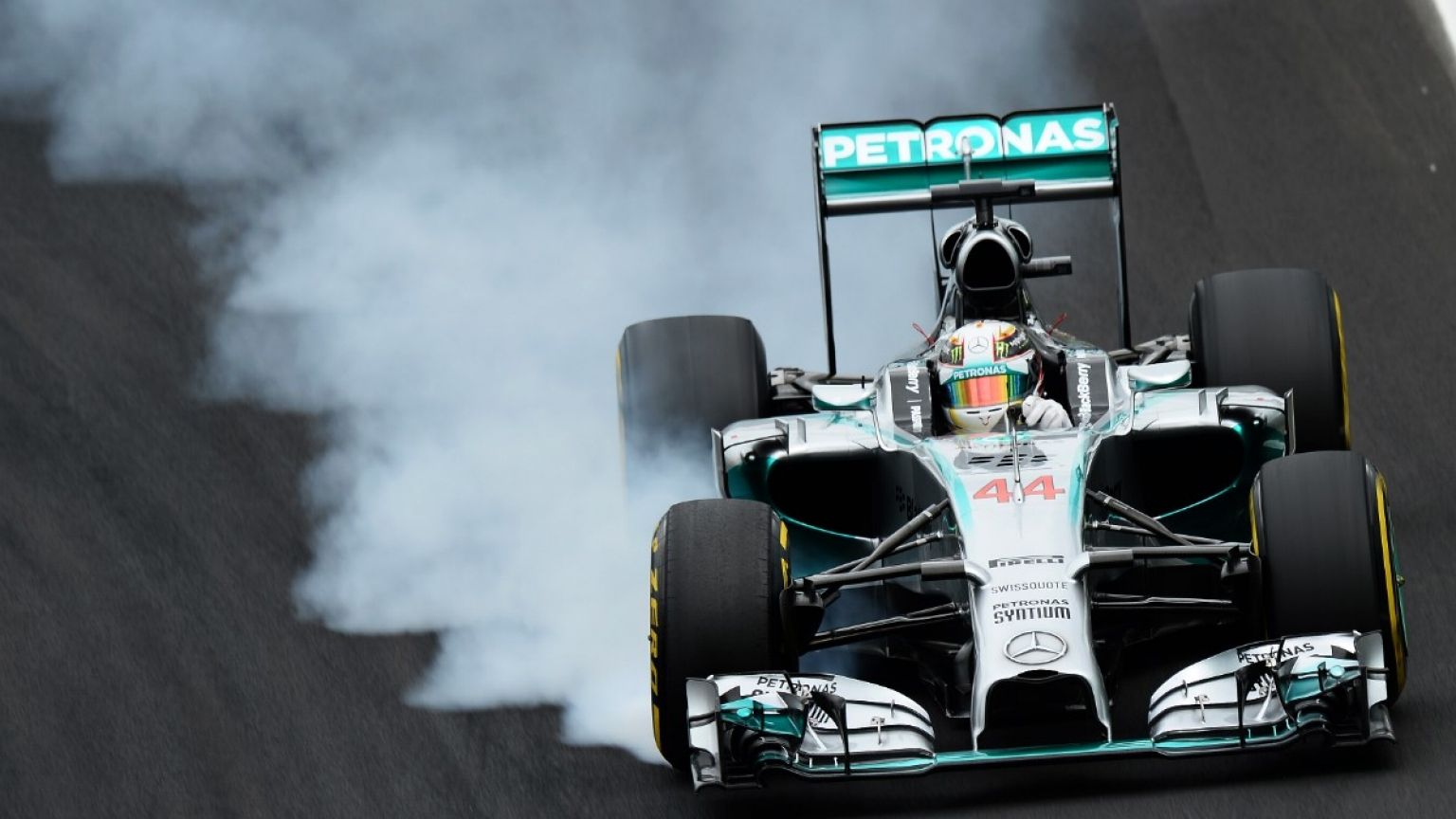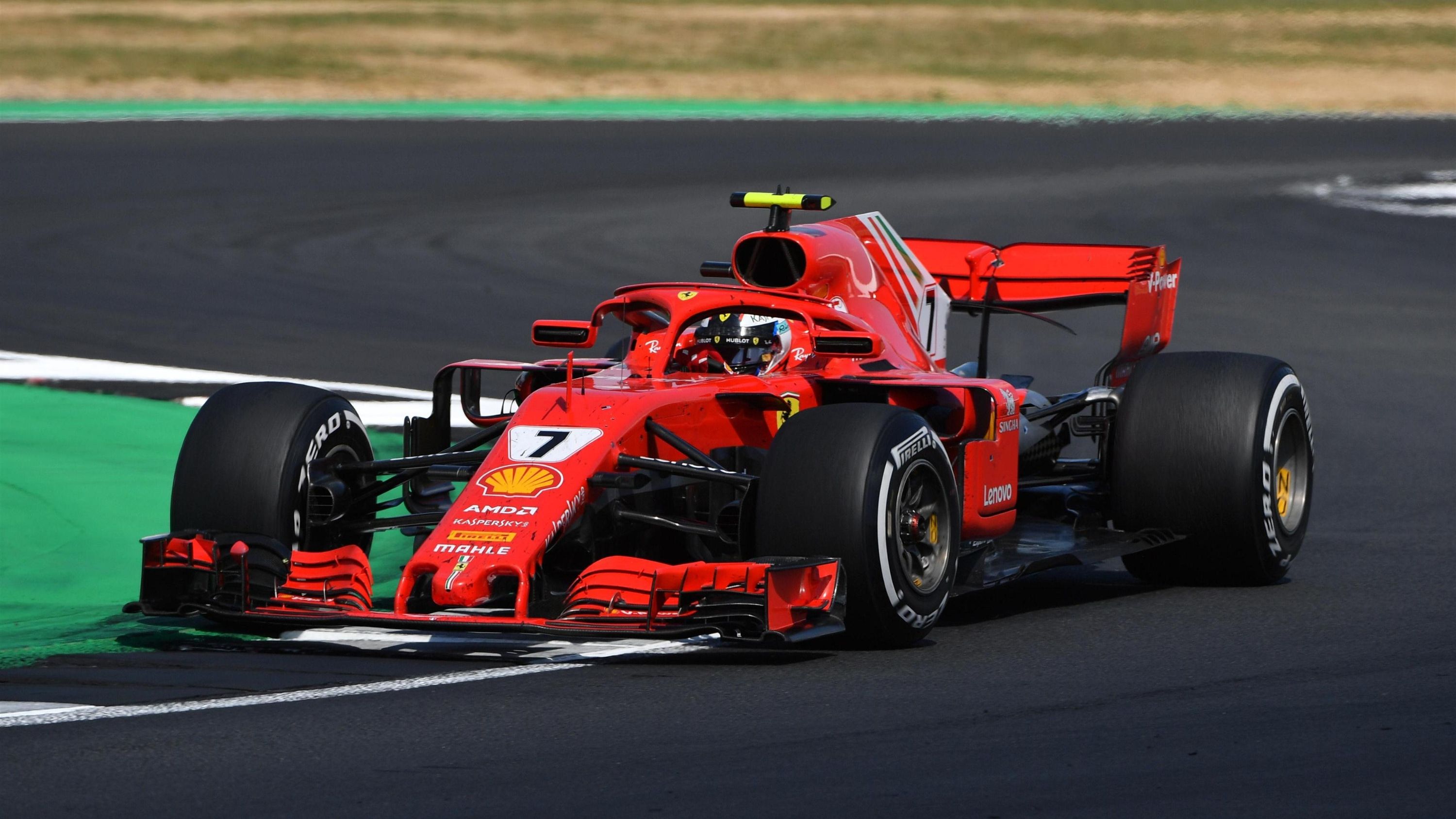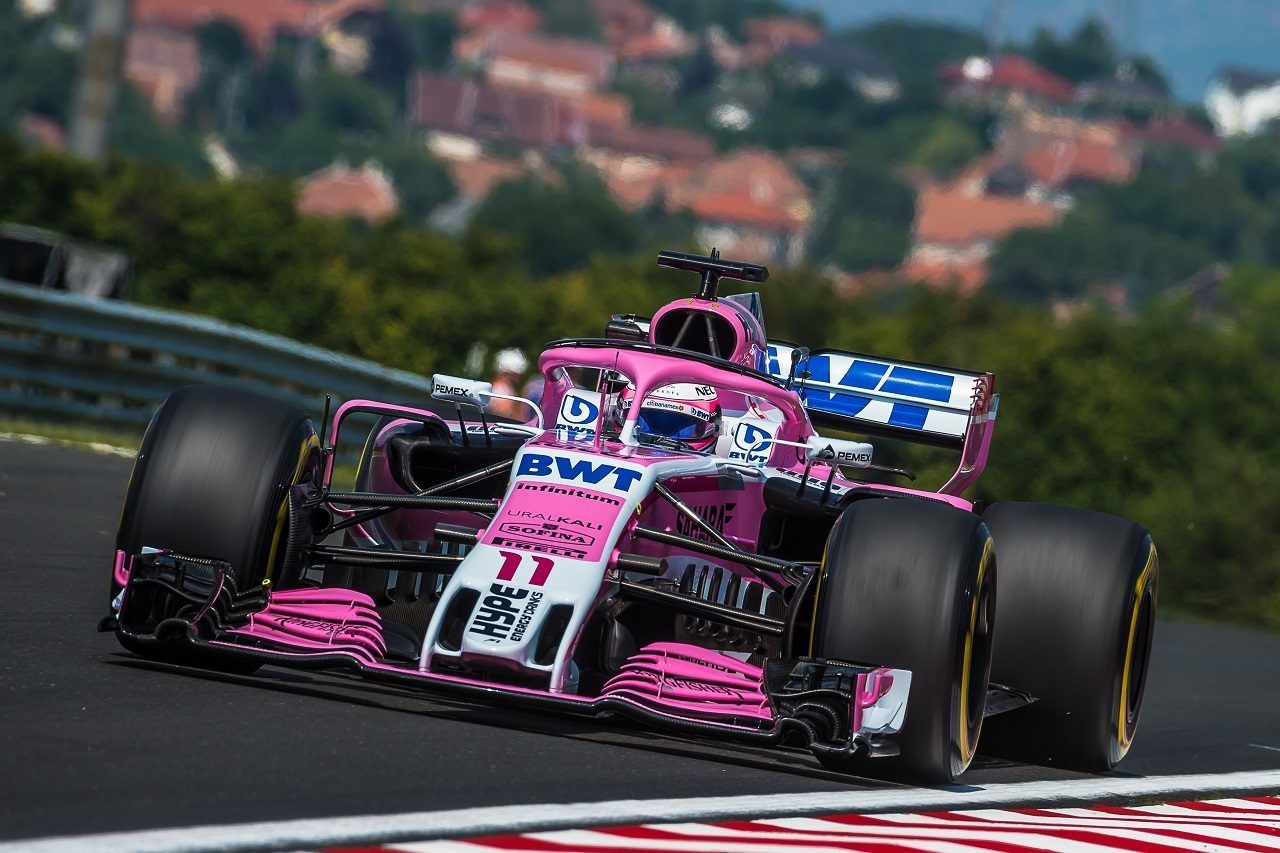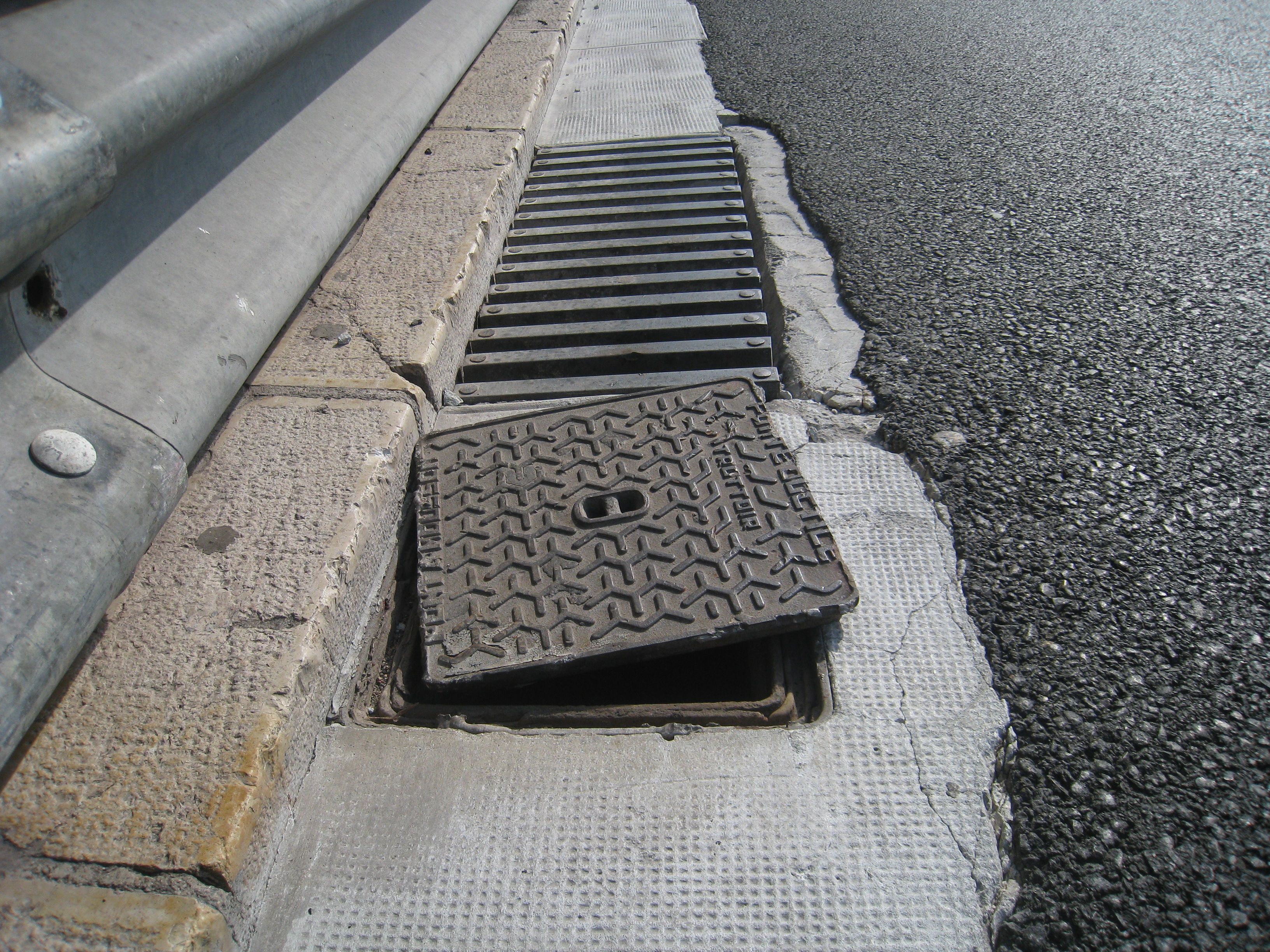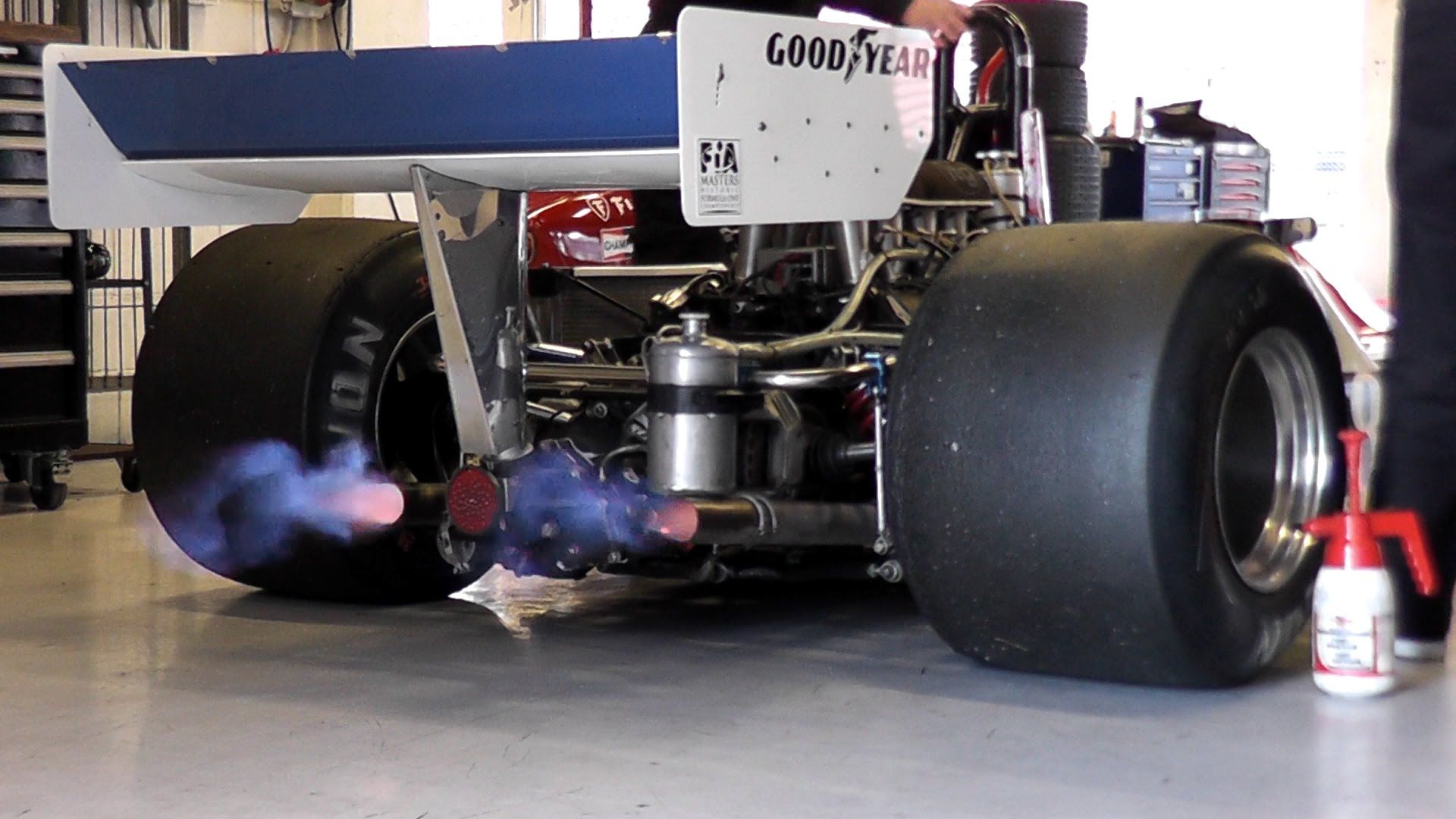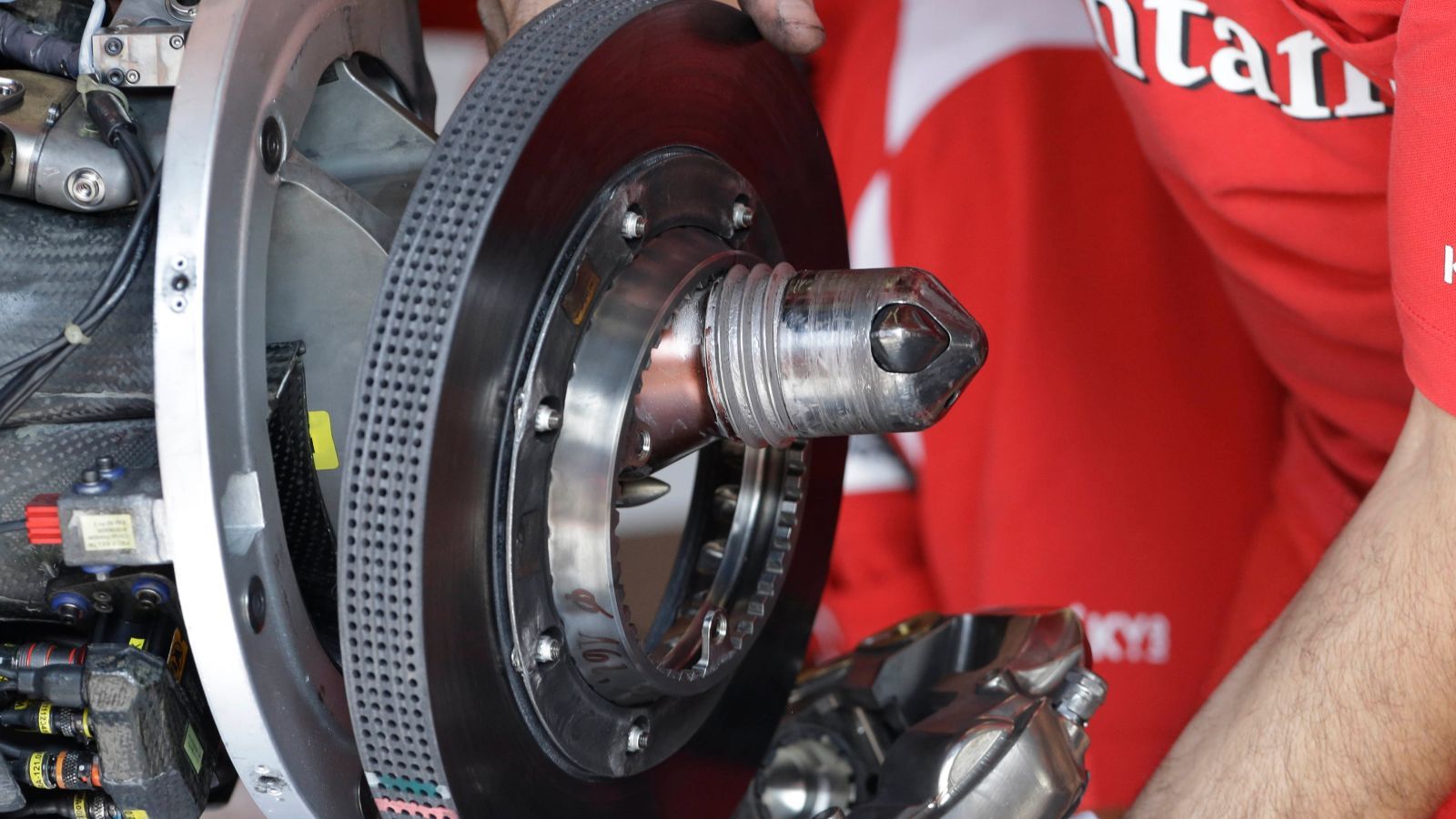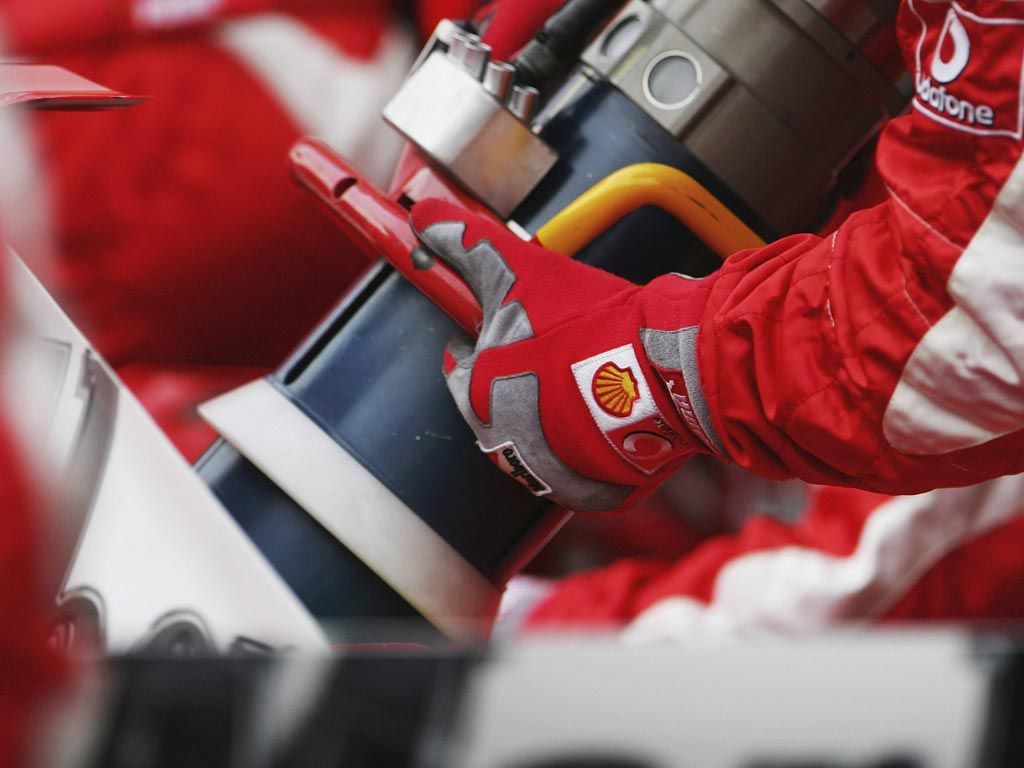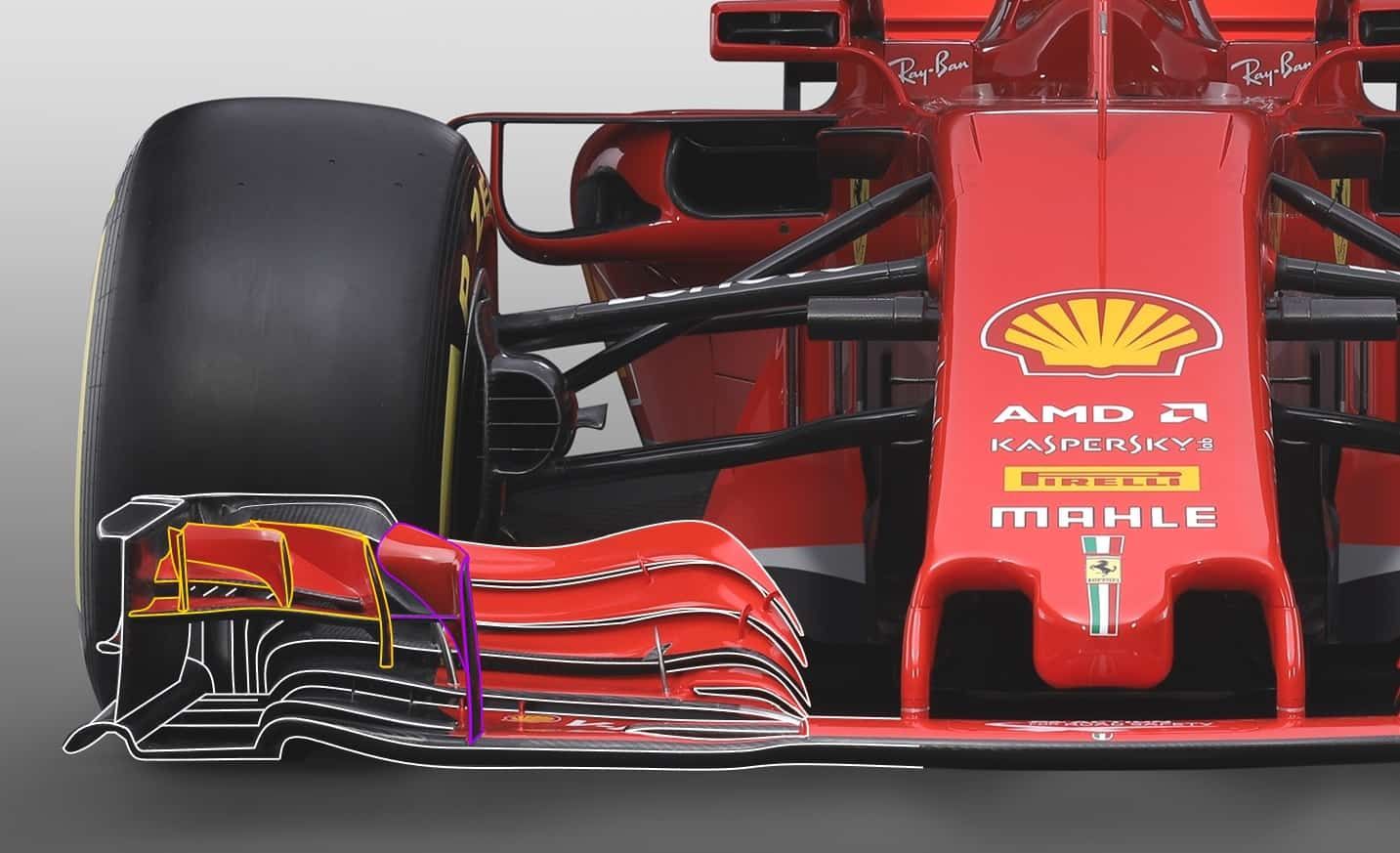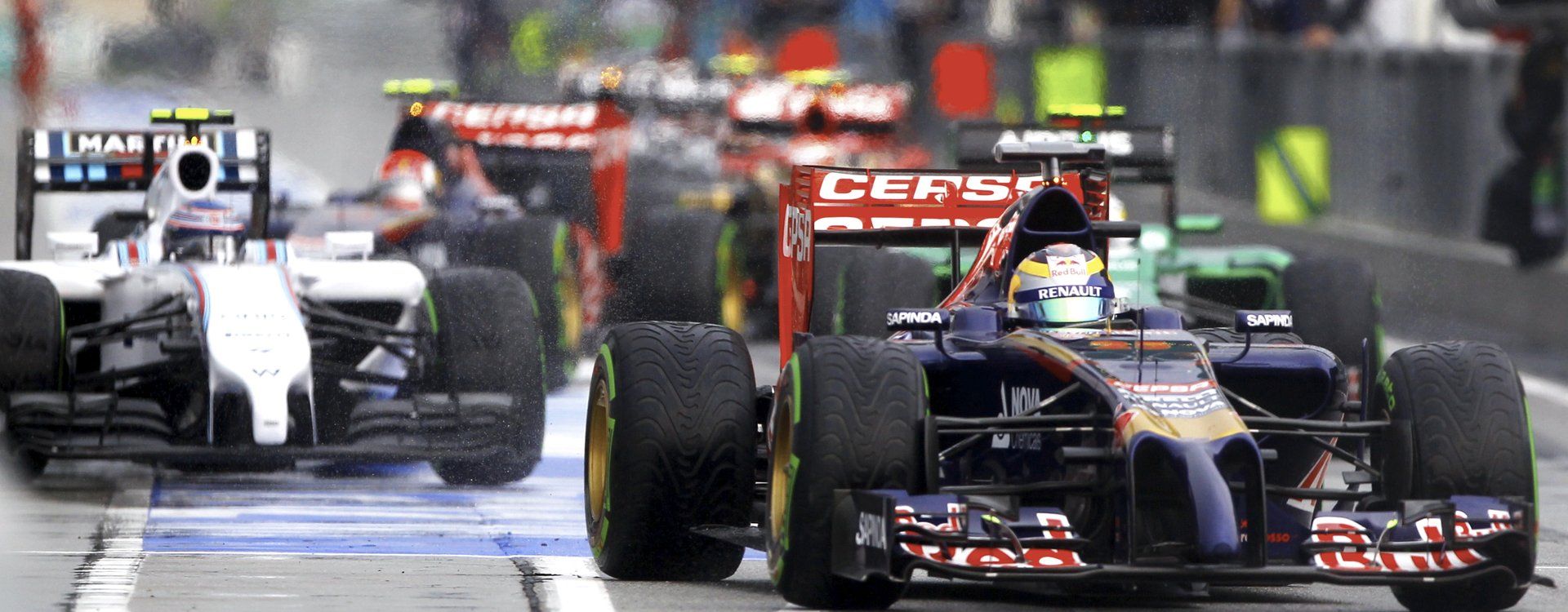Formula One stands at the pinnacle of motorsport. Whether or not it's a favorite, it remains the most prestigious sport to compete in, not only for drivers but for manufacturers as well. The constructors' rules against drivers' aids only cover direct assistance to the driver, but a raft of computers, chassis, and aerodynamic innovation make building the car as elite as driving it. They're so advanced that normal driving logic doesn't apply. The car only performs properly at speed. The cars running at the front of the field are purpose-built science-driven machines with a singular purpose: go fast on some of the best race tracks across the world.
In the 1966 movie about Formula One, Ferrari boss Agostini Manetta firing driver Pete Aron, played by James Garner, sums up the elite nature of Formula One. Manetta told Aron, "There are fewer than thirty men in the world qualified to drive Formula One; a mere half-dozen, perhaps, to win." The more money that has gone into Formula One, the more top-tier teams and genius designers like Adrian Newey have come to the sport and the more that exclusivity and that elite status have grown. There are more competitive series out there; any given NASCAR race has a dozen or more drivers that could win a race, and endurance sports cars feature advanced technology. But Formula One still stands as the most prestigious championship in motorsports. Here are 22 details that might surprise you.
22 They Brake So Fast That Water Can Come Out of Their Tear Ducts
One of the recurring factors in how difficult it is to drive a modern Formula One car is the insane amount of g-forces the drivers put themselves through. The cars accelerate, turn, and stop at rates that are completely astounding. The cars use a special brake compound that can bring the cars from incredibly high speeds to a near standstill in the blink of an eye. The force under braking is said to be so extreme that drivers have reported water coming from their tear ducts and hitting the visor of their helmets.
21 Total Precision or Total Failure
There are over 800,000 parts that go into a modern Formula One car. Each one of those parts is dedicated to the singular goal of making the car go faster than the rest of the cars on the track. Each part is measured to exact standards and has to work in complete harmony.
If just .1% of those parts aren't installed properly, that means that there are 800 parts installed improperly, and the entire car could fail at speed.
Such a failure could be catastrophic. The people who work on the cars have to be as precise as the people who drive them.
20 Brake Temperatures Are As Hot As Lava
One of the most striking developments of the modern era of Formula One is the carbon-fiber brake system.
Unlike the brakes on your grocery getter, carbon-fiber brakes work better at higher temperatures, temperatures in the range of 1,000 degrees Fahrenheit.
That's roughly the same temperature as molten lava, which ranges around 1,200 Fahrenheit. This has produced a characteristic red glow as the brakes heat up going into the turns, and that's a visually striking element of the modern racecar.
19 They Go From 0-100-0 Faster Than Most Sports Cars Go From 0-60
Today, the modern benchmark for a non-super sportscar is to accelerate to 60 miles per hour in less than five seconds. Reaching that threshold allows your car to join a relatively special club. It's the kind of achievement that a manufacturer puts in bold print in the advertising for their car.
While that kind of acceleration is impressive, a Formula One car is capable of launching from a dead stop to 100 miles per hour and back to zero again in less than five seconds.
While most Corvette or Porsche owners will never see the full extent of their acceleration, Formula One races start from a dead stop off the grid, so they see it every race.
18 A Formula One Driver Survived 179.8 Gs
Gravity is a tricky thing to measure. Mostly, that's down to how little we understand about it. For measuring purposes, we rate the gravitational force we all experience at rest on Earth as 1 Gravitational Force or g-force. Astronauts tend to experience 3 Gs during launch. Dragsters accelerate to 100 mph in less than a second and feel 5.4 gs. With the help of 'g-suits,' fighter pilots have experienced as much as 9 Gs. In 1977, the accelerator on David Purley's LEC Formula One car got stuck, sending it into a wall at 108 mph. Going from 108 mph to 0 in less than two feet, Purley experienced 179.8 gs, the most any person has ever survived. David recovered and raced again.
17 F1 Helmets Can Survive Intense Heat
Formula One cars are really just three things shoved between four wheels and covered in wings. They each consist of a powerful engine, a driver, and fuel. This can be a volatile combination should something go wrong, and running these cars at speed side by side, things do go wrong.
There's a multitude of safety measures that are part of a modern F1 car and that separates it from its 'bloodsport' reputation of the earlier years.
One of those is the helmets. That's in addition to the structural standards that mean if the helmet has even a small nick, it won't pass. Helmets are capable of handling 800 degrees Celsius for up to 45 seconds.
16 Tires Lose Half a Kilo During Use
Tire technology is a huge motivator across motorsports. While we might give the tires on our cars little thought, tires have had huge effects on racing. In NASCAR, a tire war sent speeds far above what the series and the rest of the car could handle. One of the less successful attempts to slow down the Formula One field came with a restriction on contact patch size. The tires generate grip by heating up and laying down a sticky rubber surface. Formula One tires shed almost half a kilogram (a little over a pound) from a full stint.
15 The Name
Most racing series have some sort of acronym for their names: NASCAR, the National Association of Stock Car Automobile Racing; IMSA, the International Motor Sports Association; and IRL, the Indy Racing League.
The sanctioning body for F1 is the Fédération Internationale de l'Automobile.
What does Formula One mean, though? It comes from the set of guidelines and restrictions set forth for the series in building the open-wheel cars. That formula is the baseline that all the cars have to be built from. There are two other FIA formulas set below F1: Formula 2 and 3 that are generally development series of F1. Fixed formula racing involves spec series where all the chassis are identical.
14 "Hill" is a Good Surname to Have in F1
Due to the nature of racing, there are a lot more legacies in motorsport than there are in other forms of sport. It takes a lot of money and expertise to go racing, and there are few if any high school leagues that develop drivers. This doesn't always lead to the same levels of success. However, several with the last name "Hill" have won an F1 championship. The first is the only person from the U.S. to win an F1 championship, legendary driver Phil Hill in 1961. The next year, the only triple crown winner (winning the Indy 500, the 24hrs of Le Mans, and the Monaco GP), Graham Hill, won the first of two. In 1996, his son Damon Hill won the championship.
13 Manhole Covers Have to Be Welded In Place
There are two kinds of race tracks in Formula One racing. The first and most common is the dedicated racing circuit with its meticulously planned layout and glass-smooth surfaces. The second is the 'street course,' a racing course made up of cordoned-off streets fashioned into a race course like for the Canadian Grand Prix and the legendary Monaco Grand Prix. Street courses have a particular challenge for the drivers with their uneven surfaces and often sharp turns. One of the challenges for the race marshals is drain-hole (or manhole) covers. The low air pressure that goes underneath the cars is enough that it can dislodge the covers and send them into other drivers, like when Jensen Button had to avoid one lifted off the road by Nico Rosberg at a Monaco practice session in 2016.
12 Hot Exhaust
The engine on a Formula One car not only spins fast but also spins hot. Heat is a huge factor in the operation of any racecar, and for F1, this is especially true. For 2018, the cars have six cylinders limited to an astounding 15,000 rpm. Those are a lot of tiny explosions in the span of a minute, not to mention all of that friction. This results in exhaust temperatures that can reach 950 C (1742 F). Aluminum melts at 660 C. That means that the exhaust heat is half what's needed to actually melt aluminum—something to keep in mind if you're in the paddock with a running F1 car.
11 Lewis Hamilton
While there's a lack of a feeder system like collegiate sports in racing, there's still a development program. Karting is actually rather popular in the United States, but in Europe, there's a "collegiate" sport for racing, just without the college. Racing teams look to karting and other small series for their next big driver.
Lewis Hamilton started winning karting championships just two years into starting.
After his second championship, he was approached by Ron Dennis (whom Hamilton approached earlier for an autograph) to be part of the McLaren development program that included an opportunity for an F1 seat, making Hamilton the youngest driver to secure a contract that resulted in an F1 seat.
10 F1 Cars Change Gears A Lot
The hassle of changing gears has finally taken its toll on the average driver. The manual transmission is finally fading from existence with only a handful of cars even offering them anymore. Even performance cars now offer semi-automatic transmissions that, at best, roughly simulate the paddle shifters that now appear on F1 cars. While shifting back and forth from first to second a dozen times in your bumper-to-bumper commute can be a hassle, the Formula 1 driver changes gears anywhere from 2,500 to 4,000 times in a single race. As the transmissions have changed, this number has only increased.
9 The Brakes Are Full of Holes
While the brakes on a Formula One car need to be hot to operate, there's such a thing as "too hot." There's a fine line between "hot enough to claw the car to a sudden stop" and "bursting into flames." One of the ways that the cars cool the brakes is by diverting air over the brakes to cool them. Every bit of air that goes towards cooling the brakes, however, is air not being used gluing the car to the ground. So, teams have looked for other ways to cool the brakes. One of those methods is drilling holes in the brakes. The number of holes has gone from 30-70 holes to over 1,200 2.5 mm holes meticulously drilled into the brake disks, forcing them to come up with new technologies just to create the holes.
8 The Indy 500 Was a Points-Scoring Race
Racing fans often have to spend at least a little time explaining to their non-race-fan friends that F1 cars and Indy Cars aren't the same things. They look alike at a glance but are built to very different standards. For one thing, Indy Cars have to race on speedways, giant ovals that are monuments to top speed, whereas Formula One has long since dedicated itself to road and street circuits with numbers of left and right turns. In the fifties, however, the differences weren't so stark. In the early portion of the decade, F1 drivers could score championship points at the Indy 500, though few did due to logistical issues. F1 drivers have still raced for the milk (the traditional drink of Indy 500 winners), however, and the race remains a jewel in racing's triple crown.
7 They Use as Much Fuel as a 747
Formula One racecars are a lot of things, but efficient isn't one of them. The cars are built to last the race but almost immediately have to be rebuilt.
Modern Formula One cars don't refuel during the race and are limited to 105 liters of gas per race.
With the cars making less than four miles per gallon, this has meant that the cars have to conserve fuel during a race, something they hope to alleviate in 2019 with larger tanks, so teams race the whole race. This means that over the course of the season, an F1 car collectively uses the same amount of fuel as a 747 flying from London to Tokyo.
6 The Cars Have to Be Heated Up Just to be Assembled
What should be clear at this point is that heat is a huge factor in the operation of an F1 car. As we know from our first science classes in school, one of the properties of heat is that it causes things to expand. The Formula One car is an exercise in margins, so all of the parts are meant to fit together when the car is operating at full speed. This means that in order to install the parts to fit properly, they have to be heated up. It doesn't stop there, though. Just starting the car is a process that takes up to fifteen minutes where the whole engine has to be heated up in stages before it can be fired.
5 Downforce is Insane
Once upon a time, aerodynamics and downforce were approached with skepticism. Enzo Ferrari himself once remarked that aerodynamics are for people who can't build engines. Once the advantages of downforce became clear, it also became the grail that designers chased.
Today, Formula One cars are a collection of aerodynamic and downforce elements built around the margins of every year's set of rules. Now, at speeds of 150 mph, a formula one car could theoretically ride upside down.
The front end alone is under two tonnes of pressure from the downforce during a race. This means that the car has to go into corners at speed in order to have grip and will actually lose traction if it goes in too slowly.
4 Tires Get Insanely Hot
It's not just the brakes and the engine that get hot during the course of the race. The tires get insanely hot during the course of the race, too. The temperature on the surface of the tire can reach 1,000 F. Not only does this result in the aforementioned weight loss of rubber left on the track, but it also means that the heat inside can make the air inside start to destabilize. At that temperature, the pressure would start to fluctuate and become unreliable. In a series built to the margins, this can be dangerous. To avoid that, teams have started to use nitrogen in the tires to make it more predictable.
3 F1 Racing is High Cardio
Racing, in general, usually has to make its case as a sport with the athletes spending their time sitting down. As we've already discussed, the g-forces that the drivers experience are incredible, and the heat that they endure is insane. On top of all of that, one of the more consistent regulations is a total ban on drivers' aids of any kind. This means that the drivers have to push these cars through the turns, stops, and acceleration without the assistance that one experiences in a base model Civic. The end result is that the drivers expend up to 1,400 calories per race and lose up to 4 kilograms during its course.


